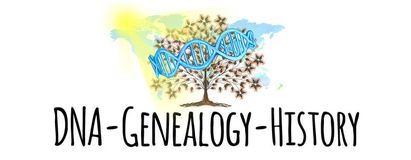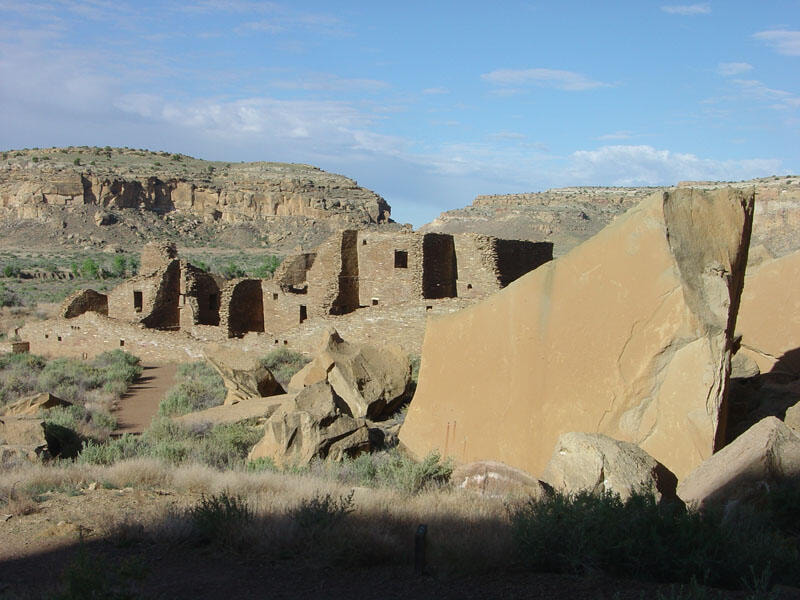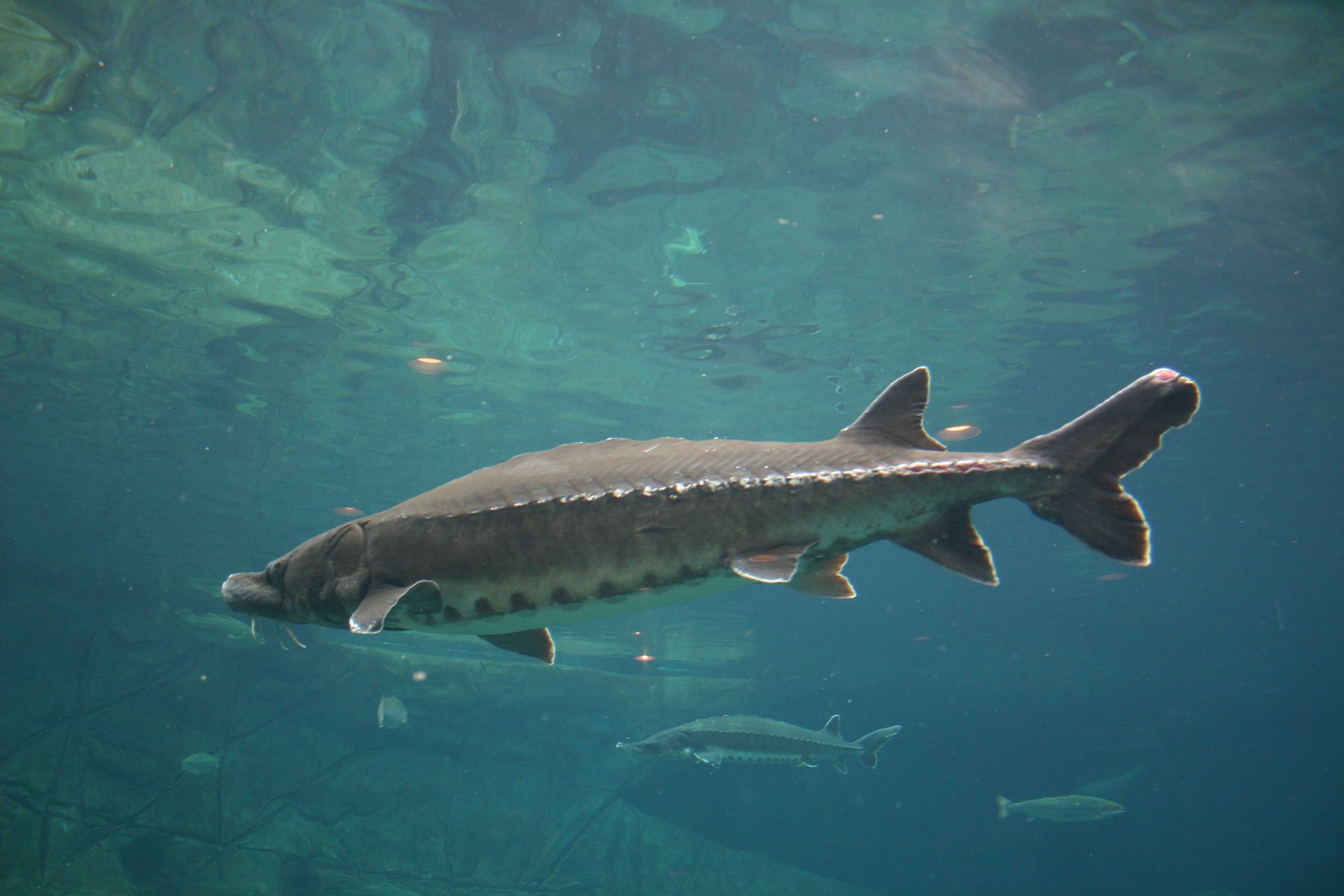|
Citation: "Ancient DNA reveals a two-clanned matrilineal community in Neolithic China: Wang, J., Yan, S., Li, Z. et al. Ancient DNA reveals a two-clanned matrilineal community in Neolithic China. Nature (2025). https://doi.org/10.1038/s41586-025-09103-x (Public Access).
See also: Amazouz, L. (2025, June 21). "Stone Age DNA Study Finds Ancient Chinese Clan Led Entirely by Women: A 4,500-year-old Chinese burial site has revealed a rare matrilineal society where women led clans for ten generations." IDR. https://indiandefencereview.com/stone-age-dna-ancient-chinese-led-by-women/ Wei-haas, M. (2025, April 30). "DNA traces Picuris Pueblo Tribe’s ancient ancestral ties to Chaco Canyon: The project could bolster tribal land rights and serve as a model for partnership between scientists and Indigenous communities." Science Adviser. https://www.science.org/content/article/dna-traces-picuris-pueblo-tribe-s-ancient-ancestral-ties-chaco-canyon Reference: Pinotti, T., Adler, M.A., Mermejo, R. et al. Picuris Pueblo oral history and genomics reveal continuity in US Southwest. Nature (2025). https://doi.org/10.1038/s41586-025-08791-9
The Lakota phrase, "Mitakuye Oyasin," reminds us that "we are all related" and includes all living things: humans, plants, animals, and the Earth itself. From the following article we read, "In North America, sturgeon have played important subsistence and cultural roles in Native communities, which marked the seasons by the fishes’ behavioral patterns."
Think of how we are all related while reading, Przelomska, N., Kistler, L. (2025, March 20). "Atlantic sturgeon were fished almost to extinction − ancient DNA reveals how Chesapeake Bay population changed over centuries." The Conversation. https://theconversation.com/atlantic-sturgeon-were-fished-almost-to-extinction-ancient-dna-reveals-how-chesapeake-bay-population-changed-over-centuries-241104 Killgrove, K. (2025, January 15). "Were the Celts matriarchal? Ancient DNA reveals men married into local, powerful female lineages." Live Science: https://www.livescience.com/archaeology/were-the-celts-matriarchal-ancient-dna-reveals-men-married-into-local-powerful-female-lineages.
Key finding: "To figure out who was buried in the Dorset cemeteries, the researchers first sequenced the buried individuals' genomes. They discovered that 85% of the people were related to one another. Additionally, more than two-thirds of these relatives shared a rare mitochondrial DNA lineage — U5b1 — and Y chromosome diversity was high, meaning most people had the same maternal ancestors but not the same paternal ones." Open Access Source Citation: Cassidy, L.M., Russell, M., Smith, M. et al. Continental influx and pervasive matrilocality in Iron Age Britain. Nature (2025). https://doi.org/10.1038/s41586-024-08409-6 |
Archives
June 2025
Categories
All
|
DNA-Genealogy-History.com Site Index:
Copyright 2025 Marie Rundquist., DNA Genealogy History, LLC
DNA Genealogy History, LLC is a registered S Corporation with the State of Virginia and the Federal Government since 2017, is a retailer and distributor of books and digital publications, and is certified, authorized and empowered to collect Sales and Use Tax for the Commonwealth of Virginia.
E-Mail Your Comments to [email protected]
This website is not intended for users located within the European Economic Area.
DNA Genealogy History, LLC is a registered S Corporation with the State of Virginia and the Federal Government since 2017, is a retailer and distributor of books and digital publications, and is certified, authorized and empowered to collect Sales and Use Tax for the Commonwealth of Virginia.
E-Mail Your Comments to [email protected]
This website is not intended for users located within the European Economic Area.






 RSS Feed
RSS Feed
